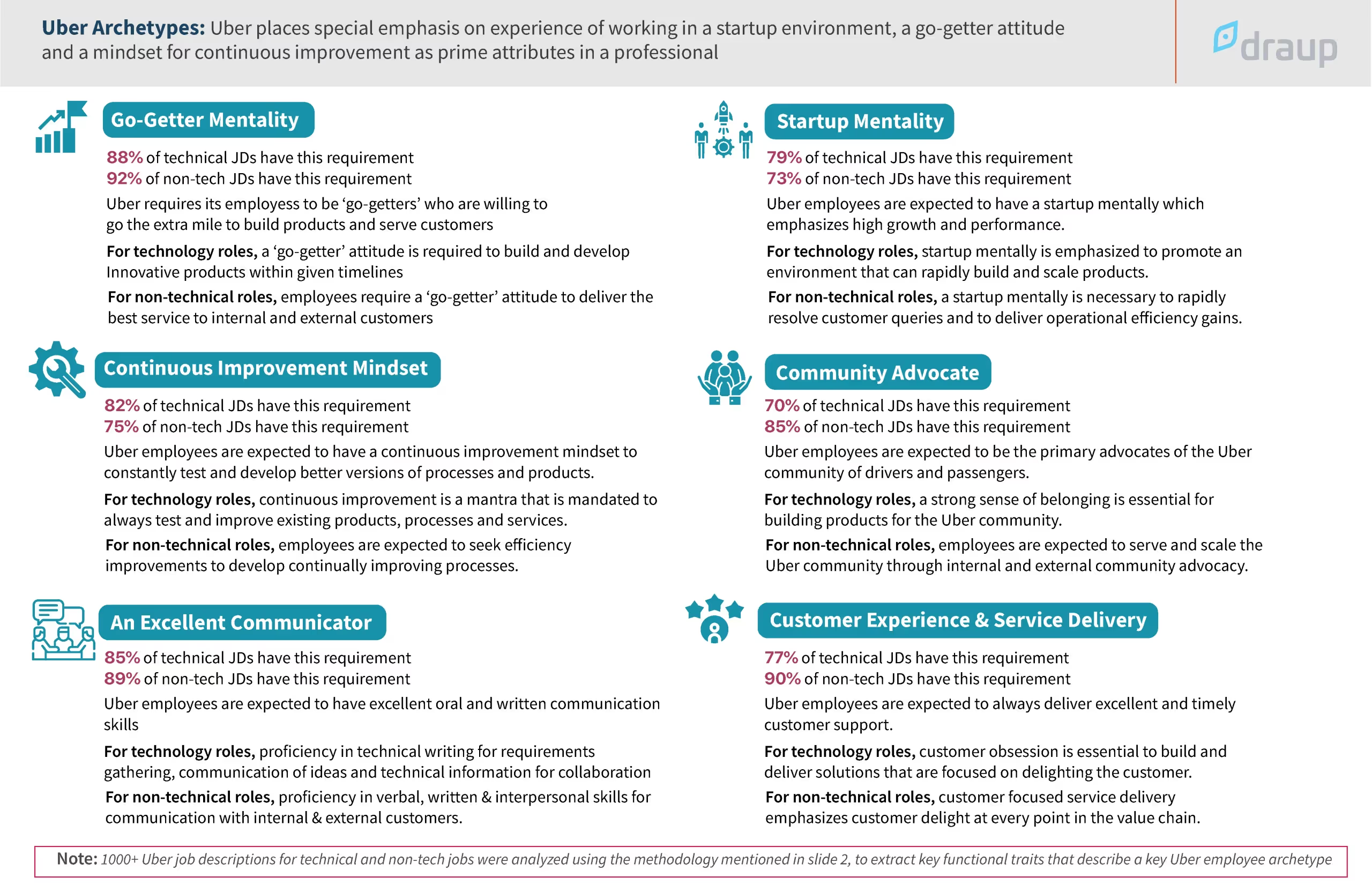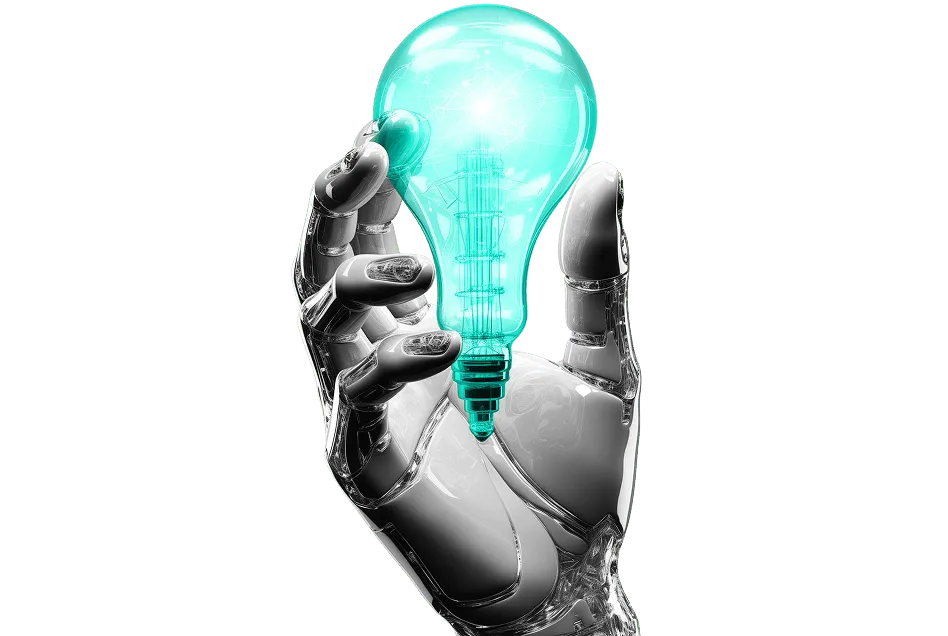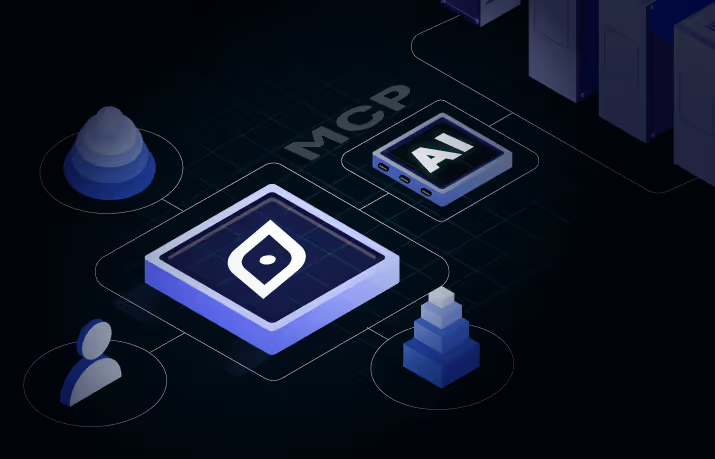Workforce Planning Cheatsheets: What are Organization Archetypes in a Talent Intelligence Platform?
‘Archetype’ is Greek for ‘original pattern,’ used to identify human characters in psychology. It is something fluid within a ‘container,’ which gets a definite shape and is a common method to understand things, relevant to talent intelligence platform and employee development planning.
Swiss psychiatrist Carl Jung identified 12-character archetypes that reside within the collective unconscious of humans, a form of innate human knowledge passed down from our ancestors.
Jung believed that archetypes were part of the collective unconscious that influenced individual behavior by generating images and concepts within the individual. These images and concepts served as guides influencing one’s behavior.
Today, a talent intelligence platform can similarly help organizations understand workforce behaviors, preferences, and potential by analyzing data-driven talent archetypes. Each of Jung’s 12 archetypes has its own set of characteristics, values, attitudes, and behaviors, insights that can now be mirrored in how modern platforms analyze and guide talent decisions.
The Corporate Perspective of the Jungian Archetype Through a Talent Intelligence Platform
Each of the 12 archetypes is a powerful identity. The advertising and marketing industry has applied that concept to create brand archetypes to identify themselves in any of these 12 iconic models to breathe life into them.
Personality is universal and eternal, and it represents everyone’s fundamental needs and desires. Consumers can connect with or relate to the personality and aspirations of the brand archetype. Similarly, a talent intelligence platform can help organizations define and align their employer brand identity, bringing them closer to top talent. Giving brands an identity will bring consumers, and talent, closer to them.
Employee Engagement Archetypes in a Talent Intelligence Platform
Archetypes are helpful when confronted with new and novel roles. They provide the guidelines for behavior when we are unsure and help us predict others’ behaviors.
Gaining a detailed view of employees could be a challenging exercise because of everyone’s uniqueness. However, with talent intelligence platform supporting workforce planning, common archetypes within organizations become clearer and more actionable.
Every company has its DNA, making it an enjoyable subject to learn and understand for HR leaders. An outsider must know that the exact role of two different companies within the same industry is very different when it comes to critical skillsets.
Determining Productivity with the Employee Engagement Matrix
Managers usually oversimplify their view of employee engagement by using either personal satisfaction or employee performance as proxies for employee engagement. Contrarily, with this simplistic view, managers miss key behavioral signals about how engaged their employees are.
For instance, you may find an employee happy with their job, but this employee may not be productive. Similarly, another employee might not be effective, but they may not go above and beyond for the sake of the organization.
A talent intelligence platform can help managers account for employees’ behaviors, performance, and perceptions. For example, though an employee may go out of their way to keep customers happy, is that employee feeling burned out? Such insights enable more informed, proactive engagement strategies.
Another employee may have a positive perception about the organization, but it may not help the organization if he/she is not giving it all. Looking at these factors will help you determine which levers to pull to ensure employee engagement.
Understanding your organization’s peer archetype will help in planning for reskilling and developing critical competencies. At Draup, we collect data, namely JDs and profiles, to model the competencies.
Here is a sample Software Engineer archetype we developed for Uber.

As you can see, each type of person has a different engagement archetype based on perception and behavior. Managers must understand every employee’s perception of the meaning of work to ensure engagement, something a talent intelligence platform can help uncover and support.
How to Engage with Employees Using Talent Intelligence Platform
Having understood the employee archetypes that influence employee engagement, let us look at how you could engage with employees using an AI-based talent intelligence platform.
Diagnose the reasons for disengagement and act
Employee disengagement could stem from different causes. One could be compensation; another could be burnout; while some may not be happy with the management, some may feel inadequate career advancement opportunities.
YA talent intelligence platform can help identify these disengagement drivers by analyzing employee feedback and behavior patterns. For example, if employees feel overwhelmed with work, you can assign someone to assist them or transfer tasks to another qualified employee. If anyone thinks they do not see career advancement opportunities, you can discuss and develop a plan.
Care about your team with the Talent Intelligence Platform
Employees have their individuality, unique interests, opinions, and attributes. Take an interest in what they do at work. Know them personally, how their weekend went, ask about their personal goals, etc.
Allow their personality to shine occasionally. This kind of interaction will help you determine which archetype employees fall into, insights that can be enhanced using a talent intelligence platform, based on which you can decide your further engagement.
Provide individual attention
When organizations are multinational, multigenerational, and multi-ethnic, employers must find what motivates all the employees individually, like who is best suited for particular positions.
A talent intelligence platform can help managers understand each employee’s tendencies and use that insight to tailor engagement strategies. For example, employees assigned tasks they enjoy are more likely to be engaged than those whose preferences are overlooked.
Encourage professional development with the Talent Intelligence Platform
When a job gets monotonous and lacks challenges, employees become disengaged. When they see colleagues growing while they are not, it can feel like regression.
More than 87% of millennials consider professional development crucial. People want work that challenges them, helps them develop skills, and enables continuous improvement.
A talent intelligence platform can help identify growth opportunities and personalize development paths. Several ways to improve employee engagement include:
- Provide coaching,
- Encourage them to sign up for courses, and
- Strengthen employee development framework.
Review their tasks and explain the relevance of it all
How employees understand their work is a factor influencing the employees’ perception of the organization. If your employees do not know the relevance of their work, they may perceive the organization negatively or indifferently. Tell employees how their work relates to the bigger picture.
To ensure managers give employees an understanding of the relevance of their work, managers should plan for regular staff meetings to share the short-term and long-term goals, contributing to better employee engagement.
An AI-based talent intelligence platform makes it easy.
Provide continuous feedback
Highly engaged employees were 3.3 times more likely to report that they received adequate feedback for their work than disengaged workers. It is impossible to have engaged employees without feedback. There are systems that can collect data and provide insight so that the management can provide feedback.
Draup’s talent intelligence platform analyses personality traits, employee information, technology and soft skills, engagement guidelines, and a hiring opportunity index to suggest candidates for a profile.
Its AI-powered talent intelligence platform studies the talent ecosystem at an emerging location before setting up an office. Draup can also conduct Archetype analysis on specific companies.










.svg)
















.svg)





.svg)





.svg)
